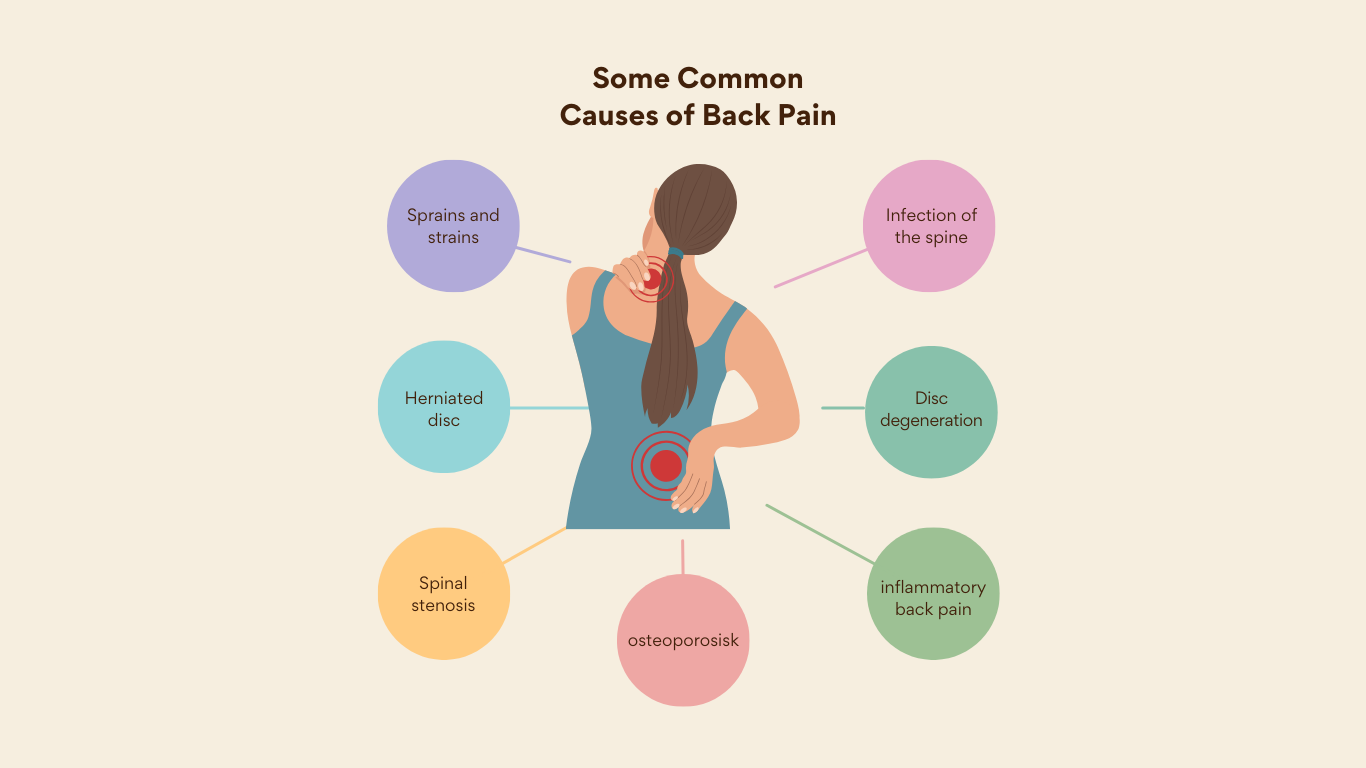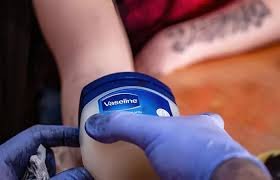Getting a tattoo is an exciting and deeply personal decision. Tattoos carry meaning, artistry, and individuality—but along with the excitement, many people worry about one unavoidable factor: the pain.
The level of discomfort varies depending on placement, size, and even your personal pain threshold. Some areas of the body are notoriously painful, while others are much more tolerable. To help you make an informed choice, we’ve gathered insights from tattoo artists and industry experts about where tattoos hurt the most and least, along with tips for managing pain.
What Affects Tattoo Pain Levels?
Tattoo pain isn’t one-size-fits-all. Several factors influence how much you’ll feel during the process:
- Nerve Endings: The more nerve endings in an area, the more sensitive it will be.
- Bone Proximity: Tattoos placed directly over bones (like ribs or spine) often hurt more than fleshier areas.
- Skin Thickness: Thin or delicate skin is more painful than thicker, muscular areas.
- Tattoo Size & Style: Large, heavily shaded tattoos take longer and can cause more irritation. Fine-line tattoos may be quicker and less painful.
- Personal Tolerance: Everyone perceives pain differently. What’s unbearable for one person may be manageable for another.
The Most Painful Areas to Get a Tattoo
Tattoo artists consistently point out that certain body parts are far more sensitive than others. If you’re planning your first tattoo, you might want to think twice before choosing these spots.
- Ribs and Side of the Body
The rib cage is widely known as one of the most painful spots. The skin is thin, and the tattoo machine presses directly over bone. Every breath makes the area move, adding to the discomfort.
Artist insight: “Rib tattoos look amazing, but they’re not for the faint of heart. Clients often need breaks in between.”
- Spine and Backbone
The spine is another high-pain area because of the lack of cushioning. Vibrations from the tattoo needle can feel especially sharp here.
- Elbows and Knees
These joint areas are tough to tattoo and very uncomfortable. The skin is thin, packed with nerve endings, and movement makes the process tricky.
- Hands and Fingers
Hand and finger tattoos may look trendy, but they’re some of the most painful placements. The skin is thin, there’s little fat, and nerves are close to the surface. They also tend to fade faster.
- Feet and Toes
Like the hands, the feet don’t have much padding. Bones and tendons are very close to the skin, making this an uncomfortable spot.
- Neck and Throat
The neck is sensitive because it’s full of nerve endings and thinner skin. Vibrations can make the experience feel even more intense.
- Armpits
Most tattoo artists warn against armpit tattoos for beginners. It’s one of the top pain zones due to the sensitivity of skin and nerve concentration.
The Least Painful Areas for Tattoos
Not all tattoos cause extreme discomfort. Some areas are far more manageable, especially for first-timers.
- Outer Upper Arm
One of the most popular placements, the outer bicep has more muscle and fewer nerves, making it a less painful spot.
- Forearm
The forearm is another beginner-friendly choice. Pain levels are generally low, and it’s a visible yet versatile location.
- Outer Thigh
The outer thigh is cushioned with fat and muscle, which reduces sensitivity. This area is great for larger pieces with less pain.
- Calves
Like the thighs, the calves provide a fleshy, less sensitive surface, making them a comfortable option.
- Upper Back (Away from Spine)
The upper back, particularly the shoulder blade region (not directly on the bone), is tolerable for many people.
Does Tattoo Size Affect Pain?
Yes, absolutely. A small, minimal design may only take a few minutes and cause brief discomfort. On the other hand, a large, detailed piece with shading and color blending can take hours, stretching your pain tolerance.
Artists often recommend beginners start with a small-to-medium design to understand their personal pain threshold before committing to a larger tattoo.
How Tattoo Style Impacts Pain
The style of tattooing also plays a role in how much it hurts:
- Line Work: Usually less painful since it involves single passes with the needle.
- Shading: Can be more painful because the machine moves over the same area multiple times.
- Color Packing: Requires saturation of ink, which can be more irritating than black line work.
Why Pain Tolerance Differs From Person to Person
Not everyone experiences pain the same way. Factors like gender, body chemistry, fatigue, stress, and even hydration levels can impact how you handle the sensation. Some people describe tattoo pain as a sharp sting, while others say it feels more like a scratching or burning sensation.
Tips to Manage Tattoo Pain
Tattoo pain is unavoidable, but there are strategies to make it more bearable:
- Choose a Less Painful Area: For your first tattoo, pick a spot with muscle or fat.
- Stay Hydrated: Well-hydrated skin takes ink better and can reduce irritation.
- Eat Before Your Appointment: Low blood sugar can make pain feel worse.
- Avoid Alcohol & Caffeine: They thin your blood and make you more sensitive.
- Take Breaks: Don’t hesitate to ask your artist to pause if needed.
- Use Numbing Cream (If Approved): Some artists allow numbing creams, but always check first.
What Tattoo Artists Recommend for First-Timers
Most artists suggest avoiding highly painful areas like ribs, spine, or hands if it’s your very first tattoo. Instead, choose a spot like the upper arm or thigh. This helps you experience the process without overwhelming discomfort.
Artist advice: “Start small, pick a low-pain area, and don’t overthink it. Once you get through your first tattoo, you’ll know what to expect for the next one.”
Final Thoughts: Choosing Placement Wisely
While pain shouldn’t be the only factor in choosing a tattoo placement, it’s smart to be realistic about what you can handle. The art will last forever, but the pain is temporary. If you want a tattoo in a painful spot, remember that the discomfort will pass, and you’ll be left with a piece of art that means something to you.
FAQs About Tattoo Pain
- What is the most painful place to get a tattoo?
The ribs, spine, hands, feet, and armpits are often rated as the most painful areas. - What is the least painful place to get a tattoo?
Outer arms, thighs, and calves are among the least painful tattoo locations. - Can I use numbing cream before my tattoo?
Yes, but only if your tattoo artist approves it. Some don’t like working with numbing products. - How long does tattoo pain last?
The most intense pain is during the session. Afterward, tattoos usually feel sore, like a sunburn, for about 3–7 days. - Do small tattoos hurt less?
Generally, yes. Small tattoos take less time and usually cause less overall discomfort. - Does body weight affect tattoo pain?
In some cases, areas with more muscle or fat cushion the needle better, making tattoos less painful compared to bony spots. - Should I eat before a tattoo appointment?
Yes. Eating a healthy meal helps stabilize your blood sugar, making pain more manageable. - Do tattoos hurt more on women or men?
Pain tolerance differs individually, but some studies suggest women may feel tattoo pain more intensely due to skin sensitivity. - Can I take painkillers before getting a tattoo?
Avoid aspirin or ibuprofen (they thin the blood). If needed, acetaminophen (Tylenol) is generally considered safe—ask your artist first. - Is the pain worth it?
Most people say yes—the brief discomfort is outweighed by the lifelong artwork and personal meaning of the tattoo.



